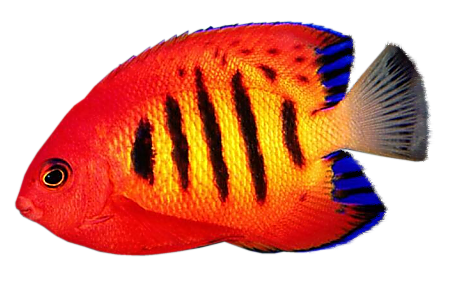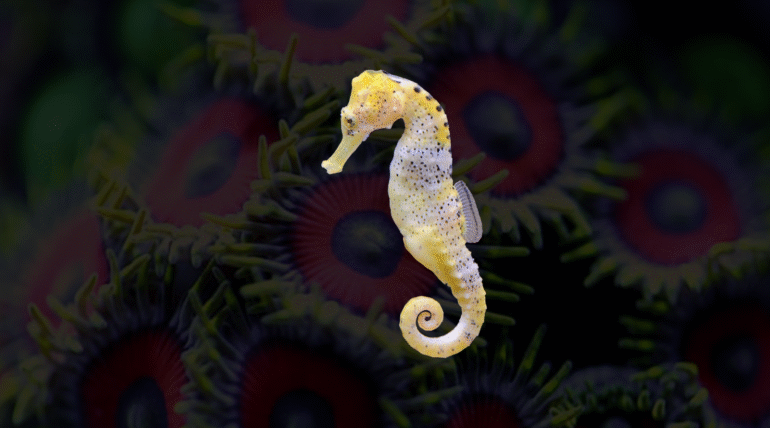Introducing new saltwater fish to your aquarium is an exciting step—but also a critical one. Sudden changes in water parameters like temperature, pH, and salinity can shock fish, causing stress, illness, or even death. That’s why proper acclimation is essential for the health and safety of your new marine livestock.
Why Acclimation Matters
Saltwater fish are highly sensitive to changes in their environment. The water they arrive in may be significantly different from your tank’s conditions. Acclimation helps them gradually adjust, reducing stress and improving their chances of long-term survival.
The Drip Acclimation Method (Recommended)
Step 1: Float the Bag
Place the sealed bag in your aquarium for 15–20 minutes to match the temperature.
Step 2: Transfer to a Bucket
Carefully open the bag and pour the fish and transport water into a clean bucket. Do not add bag water to your tank.
Step 3: Start the Drip
Using airline tubing, start a siphon from your aquarium to the bucket. Use a knot or valve to slow the drip to 2–4 drops per second. Let the volume in the bucket double over 45–60 minutes.
Step 4: Introduce the Fish
Once the fish are acclimated, gently net them and place them into the aquarium. Avoid transferring any of the bucket water.
Step 5: Observe Closely
Monitor the new fish for stress, erratic behavior, or aggression from tank mates. Keep lighting low during the first few hours.
Additional Tips
-
Always quarantine new arrivals when possible.
-
Avoid feeding immediately—give the fish time to adjust.
-
Keep the acclimation area quiet and stress-free.
-
Never rush the process.
Final Note:
At Island Reefers, we always recommend patient, careful acclimation as part of a responsible fishkeeping routine. Taking the time to do it right helps protect your investment—and more importantly, your fish.



